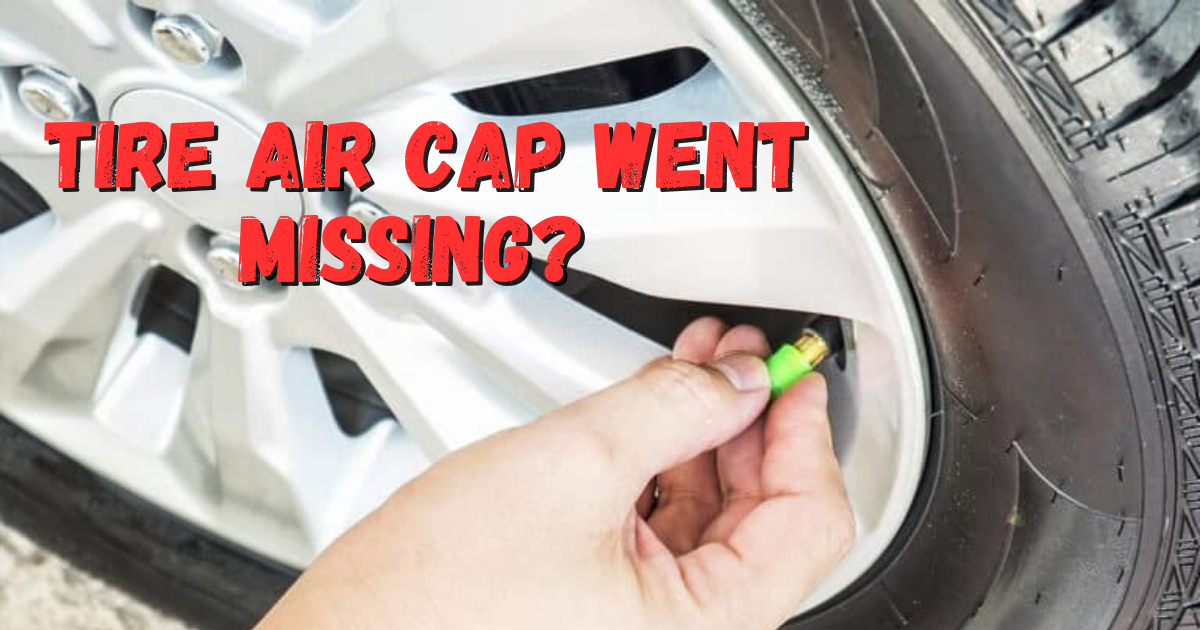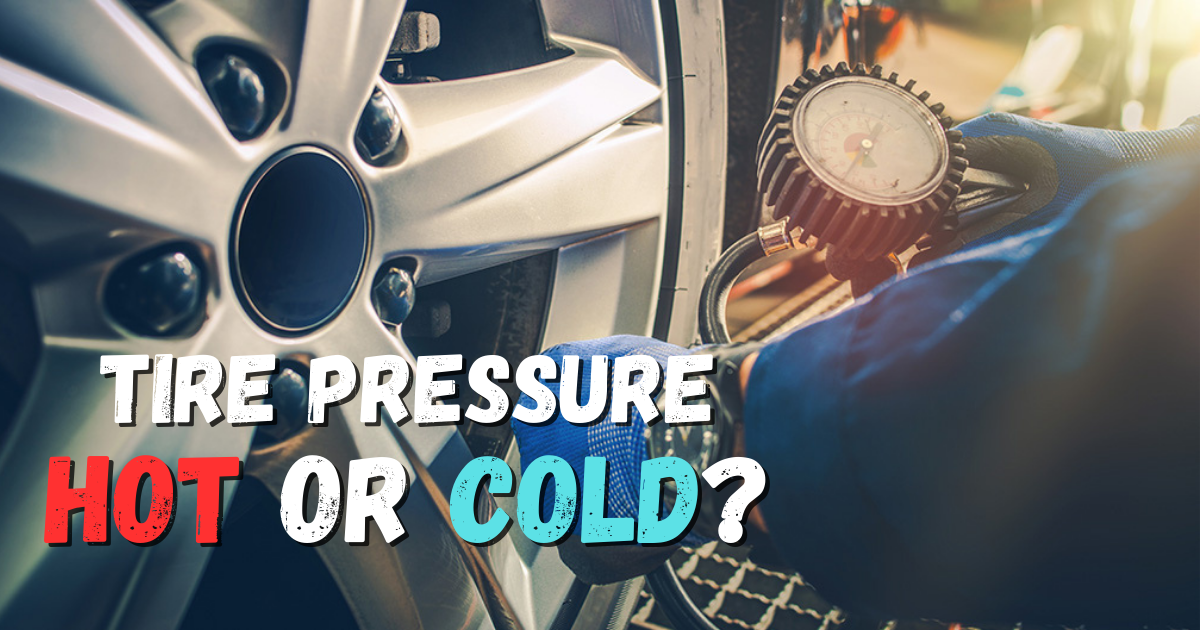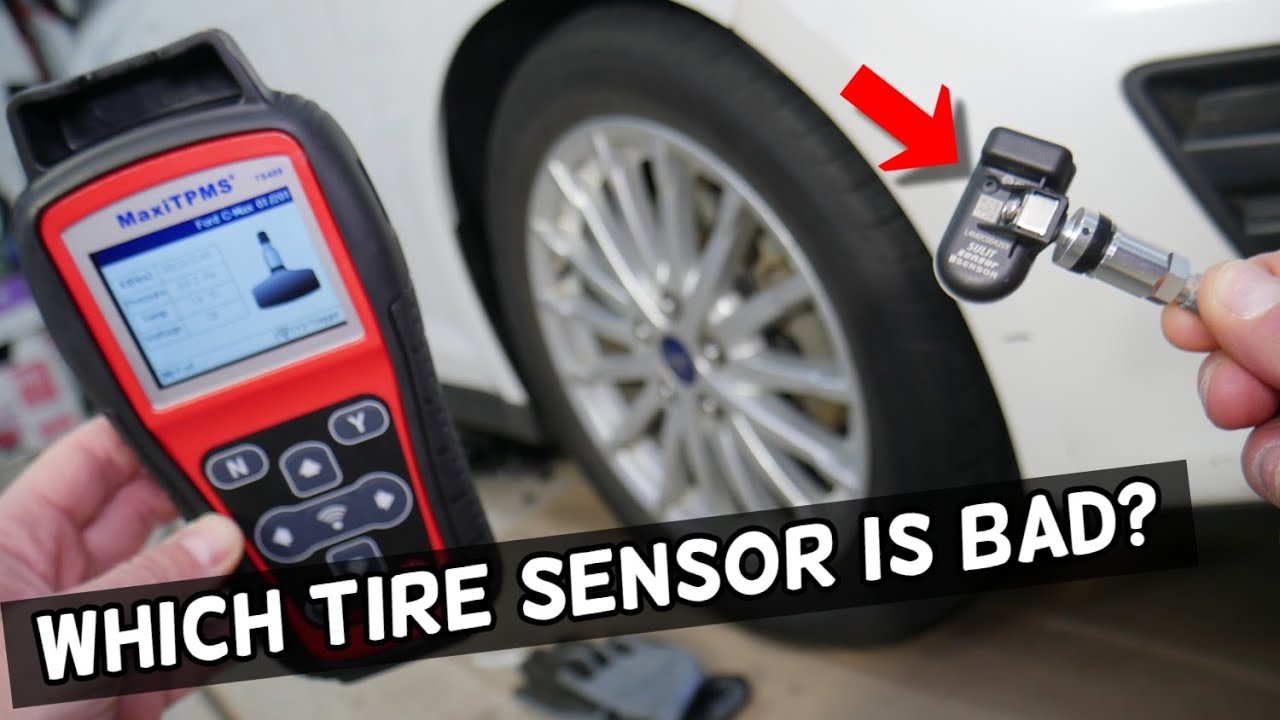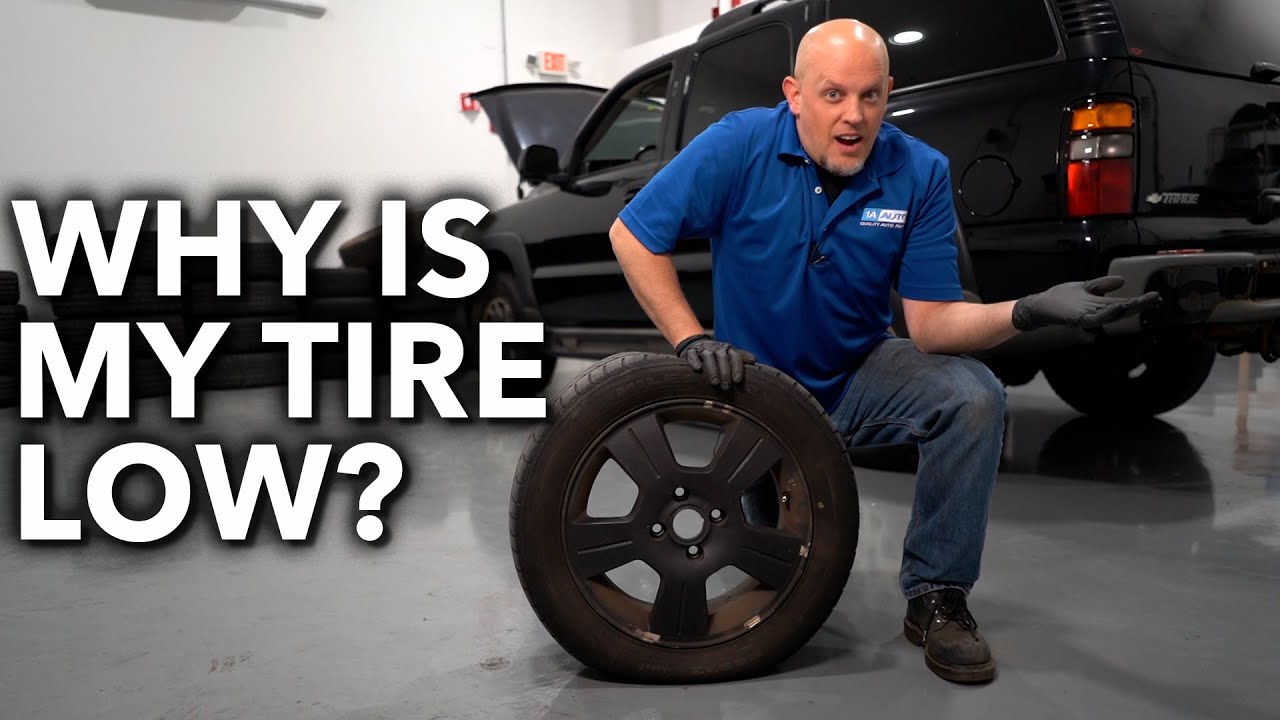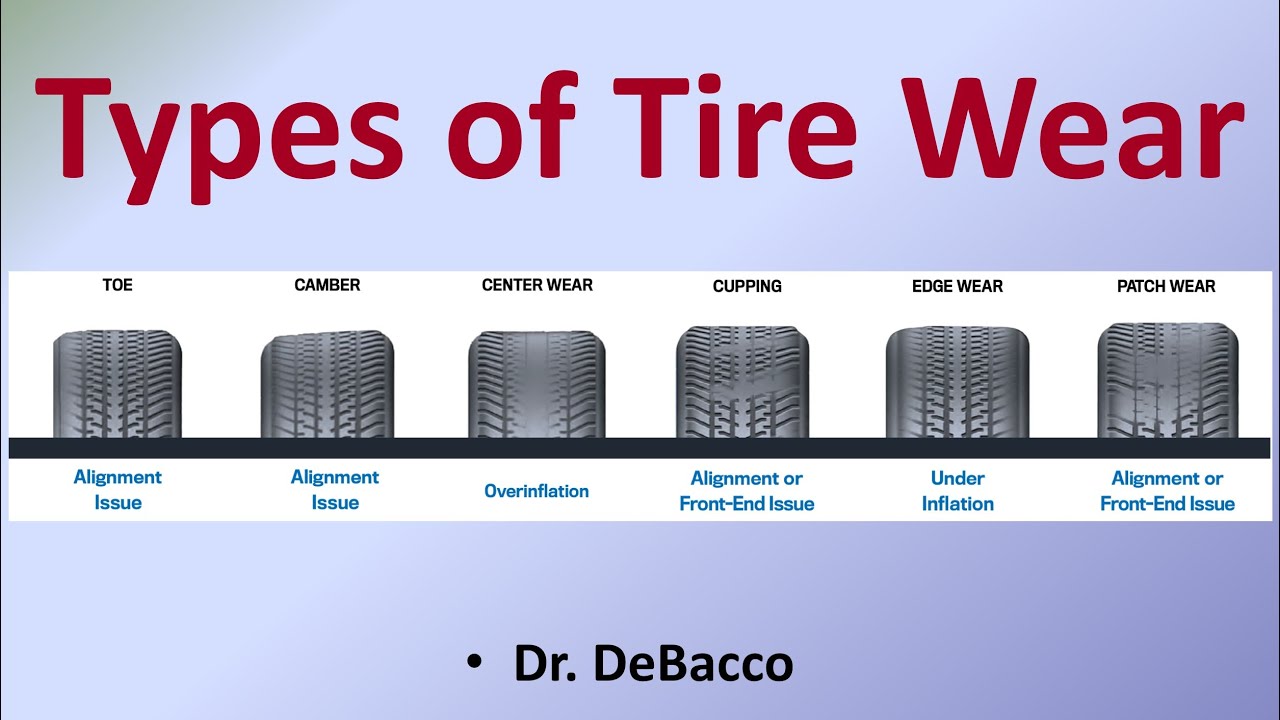Lost the little cap on your tire’s air valve and wondering if it’s a big deal? While it might seem insignificant, this tiny component plays a crucial role in your car’s health. Let’s dive into the causes, outcomes, and easy solutions for when your tire air cap goes missing.
What Is Air Cap, And Why Is It Used?
The valve stem cap protects the valve from debris and goo while you drive through snow, water, mud, and dirt. For instance, the valve could break if it were to become clogged with muck. Tire inflation could be compromised if mud has caked on the valve.
The valve cap isn’t for preventing air loss from the tire. Whether or not the cap is on the stem shouldn’t affect how well the air within stays sealed. Yet, it serves a purpose that can’t be disregarded.
What Happens When Tire Air Cap Comes Off?

High-quality plastic, rubber, or metal can be used to create a tighter and more airtight valve. When a tire’s valve cap is lost, what occurs next? You might wonder, “Do I need to get a valve cap right away?” if you spot it. The correct response is that it is not necessarily an urgent requirement, but of course. There’s a good reason for it, and you should have it.
This little rubber seal is included in the design to keep dirt and other particles out of your tire valve. The primary purpose of this cap is to cover the valve, thereby protecting the valve stem. Also, if this piece is damaged, air will be lost from the tire. Naturally, that will affect your tire’s performance negatively.
Do The Caps On The Tire Valves Fall Off?
The cap protecting the tire valve may become dislodged occasionally. It might come loose on its own if you haven’t properly tightened it. It is why making sure the cap is tight is so crucial.
It could also be jarred loose by an impact. It’s possible that the stem cap could be lost if you scrape your automobile down the curb. The stem itself may be harmed, which increases the risk of air leakage.
But losing track of where you put the caps on your tires is by far the most prevalent cause of lost valve stem covers. It’s simple to lose the cap when you remove it to fill the tire. Tire valve caps should be stored safely until they are needed to be reinstalled when you fill the tires.
Lost Air Cap, Is It Really That Serious?
Many drivers worry that without the cap, their tires would lose air too quickly, or they won’t have enough pressure to drive safely.
A tire’s airflow is unaffected by the valve cap, despite its significance. As we already know now, its cap’s primary function is to prevent debris and moisture from entering the valve stem. Although, the following factors can cause your car to gradually lose air pressure:
The valve stem is not working properly
If there are no nails in the brand-new tire, but it still leaks air, the stem of the valve has to be inspected. A leaky tire usually results from a faulty valve. Wear on the valve stem will gradually lower tire pressure by one to three pounds per square inch (PSI).
Temperature Fluctuations
Due to the increased density of the air caused by the cold, the pressure inside your tires will decrease. Every 10 degrees Fahrenheit causes a loss of 1 PSI in your tires.
Punctured Tires
Any damage done to your vehicle by a nail or other sharp object accidentally rolling into a tire is going to be significant. Pressure in the tire might decline by 2 to 3 psi per day.

There isn’t one “right” way to deal with a flat tire; solutions range from quick improvising to more permanent repair. Be on the lookout for sharp objects, such as rocks, screws, and nails, when you inspect the whole circumference of your tires for signs of a puncture.
Your wheels are damaged
Your tires are designed to work with the wheels of your vehicle. The loss of air pressure might be caused by a bent or damaged wheel. So much so as to compress the rubber and cause a flat. Moreover, the tire bead can be damaged by vibration brought on by curved wheels.
How To Avoid Losing Tire Air Cap
Having a missing cap on a tire air valve is an avoidable problem. In order to avoid losing the valve, you need to remember these:
Fasten properly
Properly reattaching the valve cap to the valve after inflating the tire or making repairs is another preventative measure against the cap going missing. Usually, the air cap needs to be removed before air pressure is added.
After adding air, replace the tire and tighten the lug nuts. Having the valve cap come loose while driving is a serious safety hazard. Don’t overtighten it, though, or you could crack the valve cap.
Avoid curbs or bumps
The tire air valve cover may become dislodged as a result of driving over bumps and scraping against curbs. The valve may be damaged to the point that air or nitrogen leaks out. While it’s not impossible to avoid, it’s best to steer clear of driving lightly over bumps. You should avoid potholes and other road hazards by taking other routes if at all possible.
Tire Air Cap Replacement
One of the easiest things to perform on a car is to change the air cap in a tire. The cost to replace a tire’s air cap is around $10 if done by the owner. You can acquire a set of valves for under $10. However, valves for more robust vehicles may cost more.

Yet, if you take your car to a local mechanic, you could pay anything from $25 to $50. Here’s how to swap out the air cap on your tires, presuming you already have the valve cover.
Raise the vehicle
Raise your car off the ground with a rack stand and turn each tire so that the cap is facing the other direction.
Take off the worn-out valve stem
In addition to being misplaced, valve caps may need to be replaced if they have become worn out from repeatedly hitting bumps and other road hazards. Remove the old valve first unless it’s already gone. Caps for old valves might be difficult to remove because they can become stuck in the valve.
Don’t freak out if you can’t remove the air cap from the tire. Find out the quickest method for removing a tire’s protective cap. To begin, spray the valve cap with oil; this should make it easier to unscrew. Another option is to use a pair of pliers, one to hold the valve still while you twist off the cap.
Switch to the new cap
It’s time to replace the valve cap if you’ve lost it or just taken it off. When restoring the valve cover, oil it to reduce the likelihood of it sticking again.
Do not overtighten the valve, as this could cause it to break. To start, spin it halfway counterclockwise so it may sit comfortably on the stem, and then tighten it by hand until it doesn’t move. Don’t bother with tools; a snug fit is all that’s required for the valve cap.
FAQs
Do All Tires Use the Same Valve Caps?
The caps for the valve stems are standard across a wide range of makes and models. It’s easy to find replacement valve stem caps that will work with your tires at any auto parts store. You’ll have a hard time tracking down a single one for sale.
Is it safe to drive without the valve caps on the tires?
Despite the loss of the air cushion, you will still be able to drive your automobile for a while longer. You can drive without a tire pressure cap, but doing so can negatively impact the life of your tires by allowing dust and debris to enter the casing.
How much does it cost to replace a tire cap?
Tire valve caps can be purchased in bulk for under $10 at your neighborhood auto parts retailer. The going rate could be higher if you require anything for a semi-truck or if you are seeking a luxury brand. In addition, putting on valve stem caps is a quick and easy task that doesn’t require any extra hands.
Bottom Line
Many people may fail to see the importance of your car’s many simple components. To keep the valve free of debris and other pollutants, the tire air cap is essential.
Sometimes, you can look down and see that one of your tires is missing its air cap. There raises the possibility that some individuals would worry that the tire will eventually lose air and go flat.
You can continue driving your car without the cap and not risk a flat tire.
